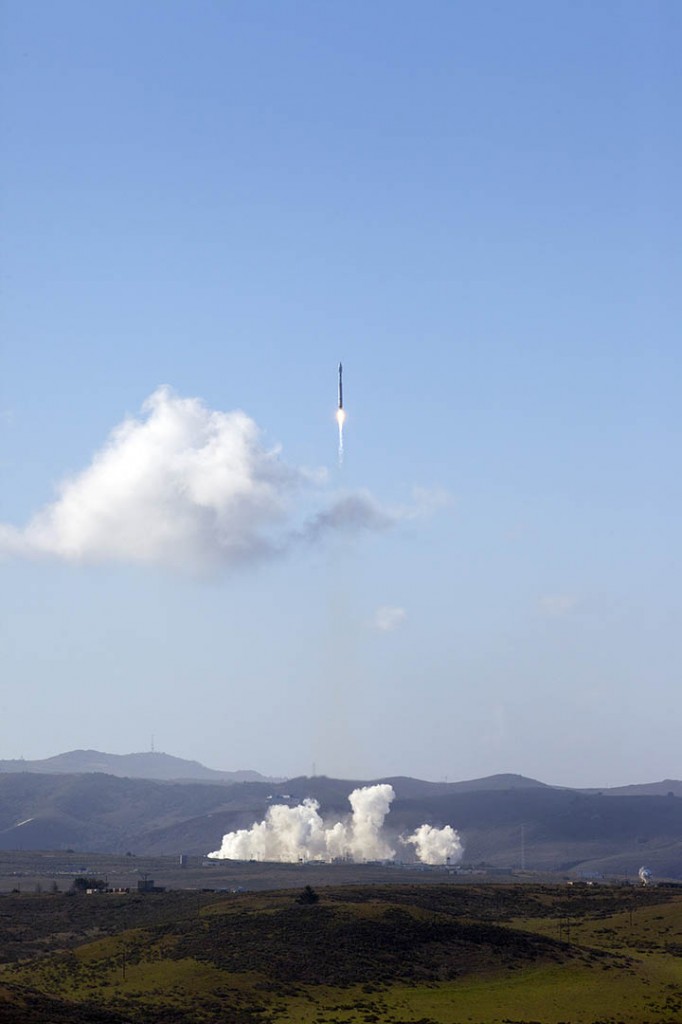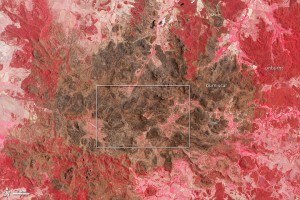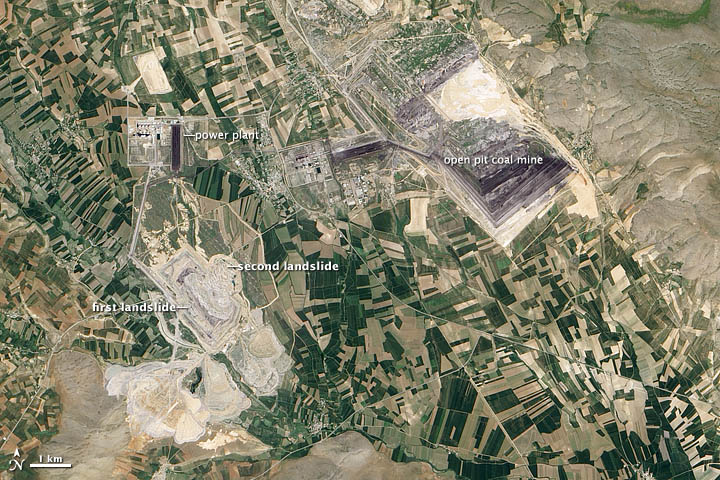When astronauts talk about viewing Earth from space, the conversation often turns to the planet’s mesmerizing beauty. They describe views of aquamarine coral reefs glimmering amidst the deep blue ocean; of armies of sand dunes marching across deserts; of clouds and lightning flashes dancing through the atmosphere.
For many, the view is deeply humbling. “For the first time in my life, I saw the horizon as a curved line. It was accentuated by a thin seam of dark blue light: the atmosphere,” said Ulf Merbold, a German astronaut who flew on Space Shuttle Columbia in 1983. “This was not the ‘ocean’ of air I had been told it was…I was terrified by its fragile appearance.”
For some astronauts, that thin blue line has appeared quite vulnerable. Many have noticed palls of haze lingering over parts of the world, the result of millions of tiny particles drifting in the atmosphere. Aerosol particles, which can be either liquid or solid, obstruct sunlight and cause distinct and vibrant features to blend into a hazy, featureless mélange of gray.
The particles that affect visibility have many sources, some of them natural. For instance, winds blow bits of dust and dried soil aloft; volcanoes occasionally belch thick plumes of ash; forest fires produce smoke; even vegetation and plankton can emit substances that contribute to haze.
Read the full story at:
NASA Earth Observatory, June 2014






